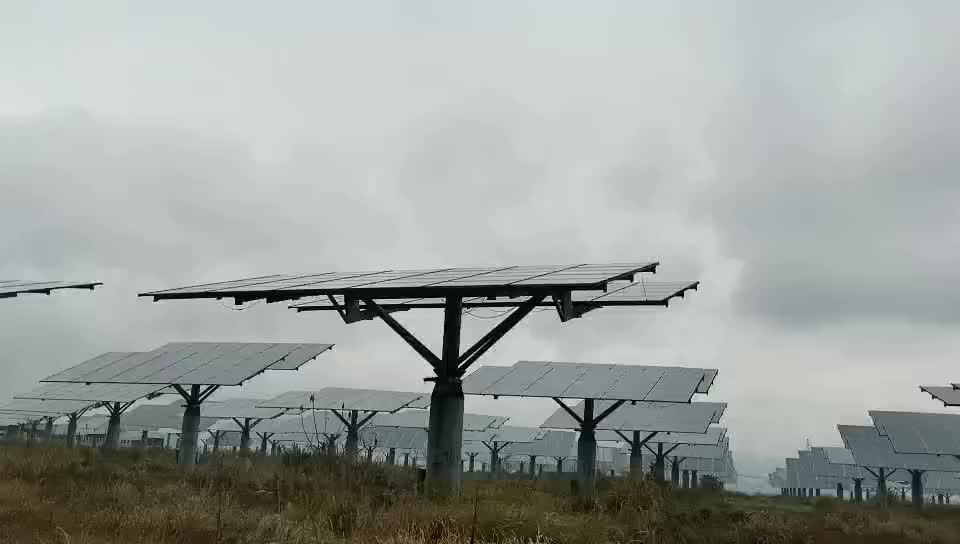The installation and operation of solar photovoltaic (PV) power generation systems are influenced by various meteorological conditions. It’s important to consider these factors to optimize the efficiency and performance of solar panels.
- Sunlight Availability:
- Solar panels generate electricity from sunlight, so regions with high solar insolation (the amount of solar radiation received per unit area) are ideal. Areas with clear skies and minimal shading are best for maximizing sunlight exposure.
- Temperature:
- Solar panels generally perform better at cooler temperatures. High temperatures can reduce the efficiency of solar cells. However, extremely cold temperatures may affect the operation of certain components, so a moderate temperature range is often optimal.
- Cloud Cover:
- Cloud cover can significantly impact the amount of sunlight reaching solar panels. Overcast conditions reduce solar irradiance, leading to lower energy production. Regions with a high number of sunny days are preferred for solar installations.
- Wind Speed:
- While some wind can help cool solar panels and improve their efficiency, excessively high winds can pose a risk to the structural integrity of the PV system. Installations should consider wind conditions and employ appropriate structural designs and anchoring.
- Humidity:
- Humidity levels generally have a minimal direct impact on solar panel performance. However, high humidity may be associated with increased cloud cover or precipitation, which can affect energy production.
- Altitude and Latitude:
- Solar radiation intensity increases with altitude and decreases with latitude. Installations at higher altitudes and closer to the equator tend to receive more sunlight, leading to higher energy yields.
- Air Quality:
- Airborne particles and pollutants can accumulate on the surface of solar panels, reducing their efficiency. The air quality in the installation location can affect the frequency of panel cleaning and maintenance requirements.
- Precipitation:
- Rain can help clean solar panels, removing dust and debris that may accumulate over time. However, excessively rainy or stormy conditions may impact the stability of the PV system and require additional design considerations.
- Snowfall:
- In snowy climates, snow accumulation on solar panels can reduce energy production. PV systems should be designed to allow for snow shedding or have mechanisms to clear snow from the panels.
- Seasonal Variations:
- Consider the seasonal variations in sunlight, temperature, and weather conditions. Some regions may experience significant changes in meteorological conditions throughout the year, affecting the overall energy production profile.
Before installing a solar PV system, a thorough site assessment that takes into account these meteorological conditions is essential. This assessment helps determine the optimal design, orientation, and technology choices for the solar installation, maximizing its efficiency and long-term performance.


